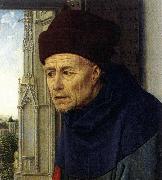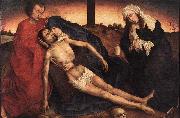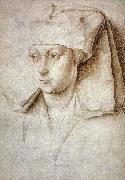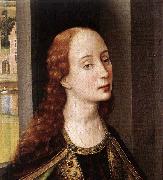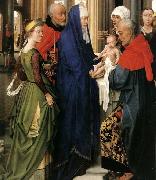huile sur la toile, vraie saveur de vieux maîtres.

|
|
|||
| Netherlandish Northern Renaissance Painter, ca.1400-1464 | |||
|
|
|||

| |||
|
|
|||
|
|
|||

| |||
|
|
|||
|
|
|||

| |||
|
|
|||
|
|
|||

| |||
|
|
|||
|
|
|||

| |||
|
|
|||
|
|
|||
| Artiste précédent Artiste prochain | |||





